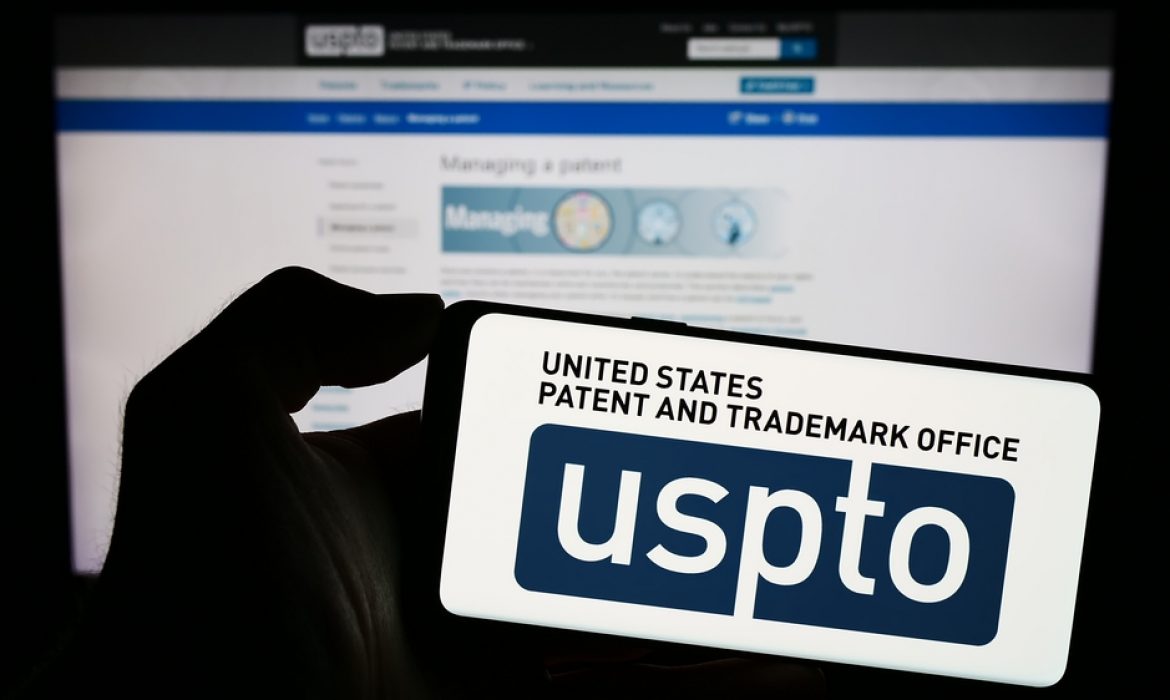The U.S. Patent and Trademark Office (USPTO) has declared that artificial intelligence (AI) systems cannot be named as inventors in patent applications. The agency clarified this stance after conducting hearings to gather public input, emphasizing that while AI cannot be credited as the inventor, individuals can leverage AI tools during the creation process.
The USPTO asserts that utilizing an AI system doesn’t disqualify an individual from being considered an inventor. However, applicants must disclose the use of AI in the invention process, treating it as essential information for decision-making. The new guidance highlights the importance of a significant contribution by the person using AI to develop the invention concept.
Simply instructing an AI system to generate something without active involvement doesn’t confer inventor status. The agency firmly states that merely posing a problem to an AI system doesn’t grant patent eligibility. Instead, a tangible contribution is required, demonstrated by how an individual constructs a problem to elicit a specific solution from the AI system.
The USPTO further emphasizes that merely maintaining “intellectual dominance” over an AI system doesn’t automatically qualify a person as an inventor. Ownership or supervision of an AI system creating inventions isn’t sufficient grounds for patent eligibility, marking a clear distinction between human and AI roles in innovation.
This decision builds upon the 2020 ruling, where the USPTO asserted that only “natural humans” could apply for patents. This followed the rejection of researcher Steven Thaler’s petition, who sought to list the DABUS AI system as an inventor. The US court upheld this decision, reinforcing the principle that patents are reserved for human innovators.
In a related case, a federal court ruled that AI systems cannot be copyrighted, a verdict that emerged after Thaler filed a separate application for an image generated by artificial intelligence. The USPTO’s latest guidance reaffirms the human-centric approach to innovation, signaling a pivotal moment in the evolving relationship between AI and intellectual property rights.
